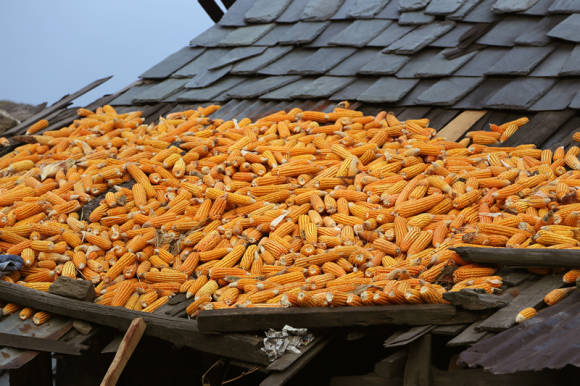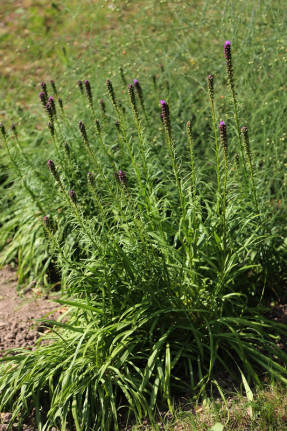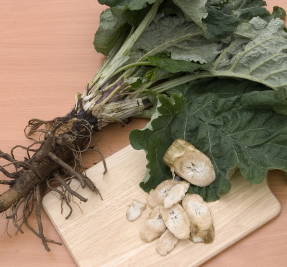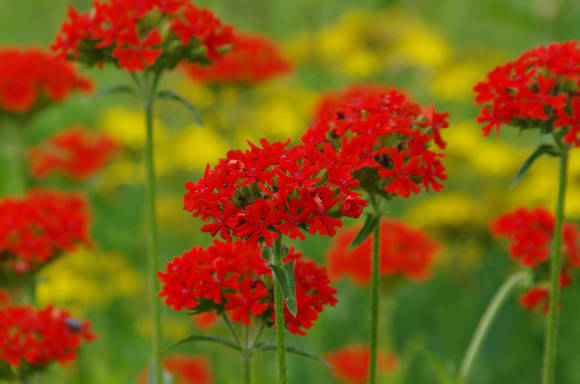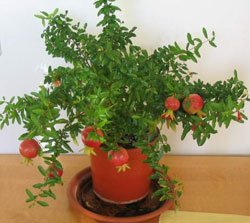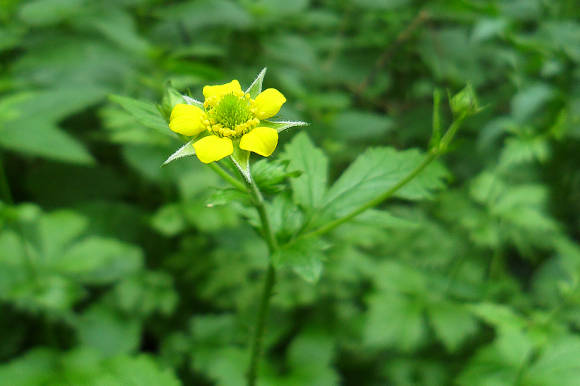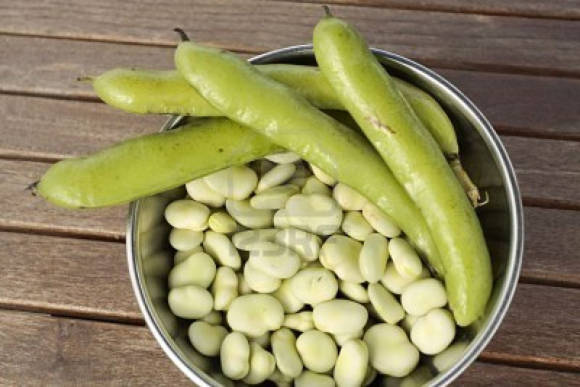
At FlowerExpo-2012 I noticed a magnificent new plant in the Dutch exposition - the 'Silvershadow' astelia. It attracted attention with its impeccable grass-like structure, and especially its shimmering metal, gracefully curved silvery foliage. It turned out that this is a very interesting and rare plant in nature, which was picked up in time by the flower industry.
More than 25 species of astelia are known in the world, all of them grow on the islands of the Pacific Ocean, the Falkland Islands, Reunion and Mauritius. Until recently, astelias were attributed to the lily family, but now, together with 3 more genera of plants, they have been isolated into an independent family of Astelia (Asteliaceae).
Name Astelia comes from two Greek words: a - without, and stele - post, trunk, and indicates the absence of a stem in the plant.
Most famous for its silvery foliage astelia chattemskaya(Astelia chatamica), named after the Chatham Islands near New Zealand, an endemic plant. True, the local population gave it a name that is not so euphonious for our ears, rather than the gentle and poetic Latin "astelia". It is called here "kakakha" or "len Moriori". Outwardly, it resembles New Zealand linen. (Phormium tenax).
Astelia chattemskaya is a short-rhizome evergreen perennial plant that forms thickets like sedges. Its foliage, green above, and below - silvery-gray, belt-like, pointed at the ends, reaches 1.5 m in length. Unlike other silvery plants, which are covered with scales or hairs, or a waxy layer, the metallic sheen of astelia is more due to the alternation of white and silver stripes and the ribbed foliage surface.

In nature, it reproduces by seeds enclosed in orange berries, which the local population allegedly uses for food. But the plant is dioecious, male and female panicle inflorescences with greenish flowers are formed on different plants, therefore, specimens of both sexes are needed to form seeds.
Recently, hybridizers have paid attention to the plant, cultivars with silvery, red, green foliage, larger in size, up to 3 m long, have appeared.
The currently available astelia 'Silvershadow' is the most silvery of all varieties known today. It is a hybrid of astelia chattemskaya and vein (Astelia chathamica x Astleia nervosa), received in 2004. Astelia Chatham was used as a mother plant, in contrast to it, the hybrid has a silvery color on both sides of the leaf. The leaves are xiphoid, wider, smoother, thicker, strong, with a convex midrib below, densely pubescent with inconspicuous short silky hairs and look glossy. It is more compact. The root system is fibrous, dense, moderately branched.

The rich shades of foliage attracted the attention of florists, and astelia begins to conquer its segment in the range of decorative greenery for bouquets. The widespread production of the plant is made possible by tissue culture techniques. At the same time, the number of natural populations on the islands is declining due to the disruption of natural vegetation cover due to grazing, which has led to the need to create "reserve" populations on the individual Chatham Islands.
Growing conditions
The habitats of Chattem astelia in nature are from rocky slopes and open sunny, but humid places, to partial shade under the canopy of forests and in thickets of bushes and shores of lakes and streams. The only prerequisite is well-drained soil. Astelia vein is a mountainous, more drought-resistant species. Their hybrid turned out to be more drought-resistant than the Chattem astelia.
If you have purchased the 'Silvershadow' astelia, then you must understand how important it is for this plant to take proper care, namely, sufficient watering, without excess moisture, allowing only short-term drying. Otherwise, it is easy to lose a valuable copy, and it is practically impossible to renew it. The fact is that, as they write, the plant reproduces by division is difficult. And seed reproduction is completely impossible, the plant does not bloom and does not form fruits. In industrial conditions, it is propagated by clonal micropropagation methods. So this is a plant for the thrifty.

Astelia prefers moist, loose peaty drained soils. Loves good lighting, tolerates direct sunlight. The optimum temperature for the plant is + 22 ° C, but it can withstand temperatures up to + 40 ° C. In indoor conditions, it grows about 30 cm in height.
In European countries of warmer climates, it is also planted in open ground, where it is able to withstand cold temperatures down to -5 ° C. In our conditions, you can take it out in the garden for the summer, put it on a balcony or terrace, the wind and dry air do not harm its appearance. In winter, it can be kept in a greenhouse or indoors, while it is desirable to lower the temperature to + 15 ° C due to poor winter illumination. The "silver" of the foliage dims and becomes greener when there is a lack of light.
